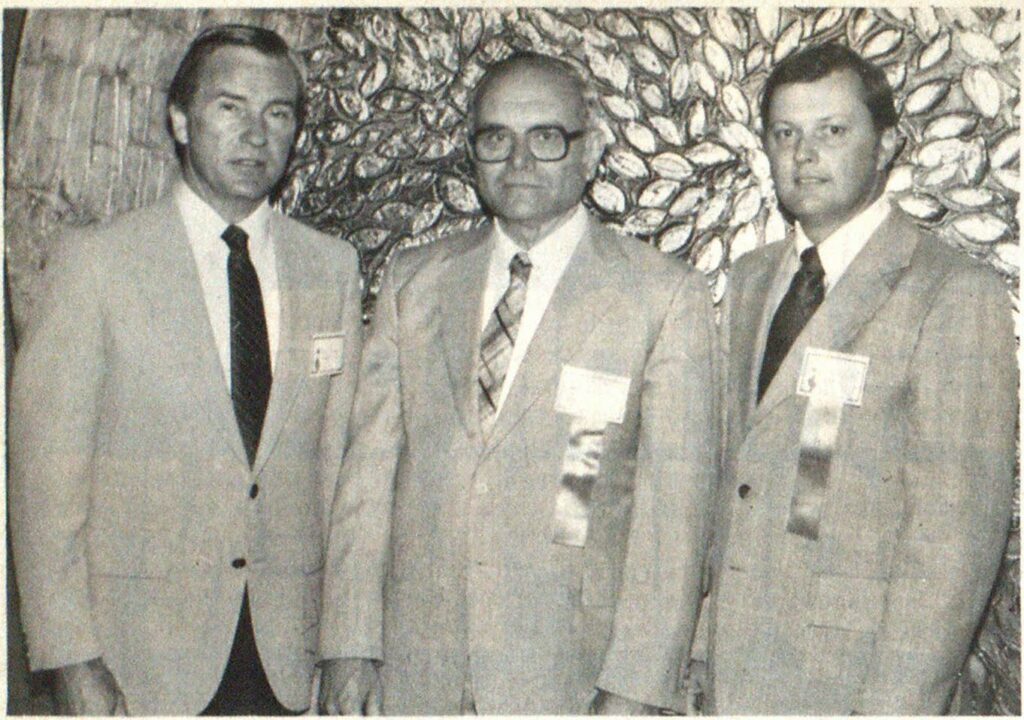
Emergency Planning, EMS Roles Discussed at Metro Chiefs Meeting

FEMA and the fire service, EMS delivery by the fire service, hazardous materials, the exchange of personnel and the establishment of a chiefs consulting team were among the many topics discussed by the United States Fire Administration representatives and members of the Metropolitan Fire Chiefs Committee of the International Association of Fire Chiefs at the 16th annual meeting of the Metro Chiefs that was held in Tucson last May.
In this first-of-a-kind meeting for the chiefs, a USFA team led by Gordon Vickery, administrator, conducted six workshops, each assigned different subjects.
National emergency preparedness planning as stated by the USFA requires the fire service to be actively involved at the national (federal) level. But responses from the floor by several participants indicated some strong objections “to the federal government (getting) into local issues.” There was also a general agreement that there is “a substantial nationwide problem in the exclusion of the fire service in emergency preparedness planning.”
The California Office of Emergency Preparedness, however, was cited as a good example of cooperation between local government emergency service agencies and the state in all types of emergency and disaster planning. Workshop members, here, recommended that a group of senior fire officials and organizations be organized “for active participation in emergency preparedness planning at the federal level—particularly in FEMA—which could lead to development of a more cohesive program of emergency response.
EMS needs
The Rockville, Md., emergency medical conference (see Fire Engineering February 1980) was covered by Associate Director Phillip Schaenman, who spelled out the recommendations developed in December 1979. The assembled chiefs agreed that the Rockville conference recommendations were still pertinent, but added some of their own recommendations, the first of which was that the USFA should develop a system design handbook that would reflect different operational systems which use available community resources.


Additionally, they recommended that the medical community should support delivery of pre-hospital emergency care, and that citizen and media support should be courted. Everyone voiced strong opposition to delivery of prehospital emergency medical care by a “third service” that has been proposed by the Department of Transportation and the Department of Health and Human Services.
Hazardous materials incidents
The workshop on hazardous materials which was led by Joseph Redden, assistant vice president of the National Fire Protection Association, identified three major problem areas under this heading: training, information, and incident command. In a summary, this workshop decided that “at a hazardous materials incident—with no fire—there is no clear-cut mechanism to determine who is in charge” and that “there is no standard philosophy for the interrelationship Iwtween local, state and federal agencies.”
Their conclusion was that there should be “a development and delivery (by the USFA) of standardized nationwide training on two levels—that of the incident commander and the first-arriving company commander.” They felt that such action “is the keystone for handling the hazardous materials incident problem.”
Mobility in the fire service
Dr. B. J. Thompson, superintendent, National Fire Academy, led his group in a discussion of a proposal to exchange fire personnel between cities. Thompson noted that the present federal program, the Intergovernmental Personnel Act (IPA) enables local and state governments to transfer personnel to a federal agency for a period of up to two years. Thompson felt that the agency “gains a field qualified person, with unique abilities and expertise,” and that “the individual and the sponsoring government have returned to them a person with new insight and knowledge of the inner activities of federal government.”
Among other benefits to such a program within the fire service, Thompson felt that it would broaden the individual’s and the organization’s perspective, provide different and varied operating experience and assist in a transfer of technical expertise.
In the discussion that followed Thompson’s remarks, the group identified “problems that could militate against an exchange of personnel between governments.” The most significant included: politics (selling the idea to the city, state and local laws delineating a chief’s responsibilities, moving and relocation of families and “union/civil service rights, benefits, privileges), transferees unfamiliar with apparatus, equipment and organization (technology differences).”
The group recommended that the USFA develop a model or identify guidelines for exchanges of personnel and establish a list of cooperating cities, with the IAFC to report on successful programs.
The leader of another panel was Chief James Kolb, Seattle Port Authority Fire Department, who reviewed the activities that related to the management of a fire department and the role of metropolitan fire chiefs in understanding and responding to local and national fire problems.
Kolb’s group was concerned with the extent of knowledge required of a new fire chief, regardless of department size. This knowledge, they felt, was more related to the administrative and management needs of a fire department, rather than to the duties of an emergency incident commander. They recommended that a survey, by means of a questionnaire, be conducted to establish major problems or problem areas. They thought that the problems of the metropolitan chiefs could provide the initial source for the survey.
Information collected could then be fed into a data bank, together with possible solutions that could be used for consideration on problem areas. Beyond this, a team of experts should be made available, if requested for onsite assistance or advice.
On the regular program, Psychologist Jerry R. Day told how a chief can avoid stress with rest and relaxation and by developing an avocation, among other things. Arson, computers, entrance-level testing and the Phoenix Fire Department’s self-contained breathing apparatus program were among the other topics discussed.



